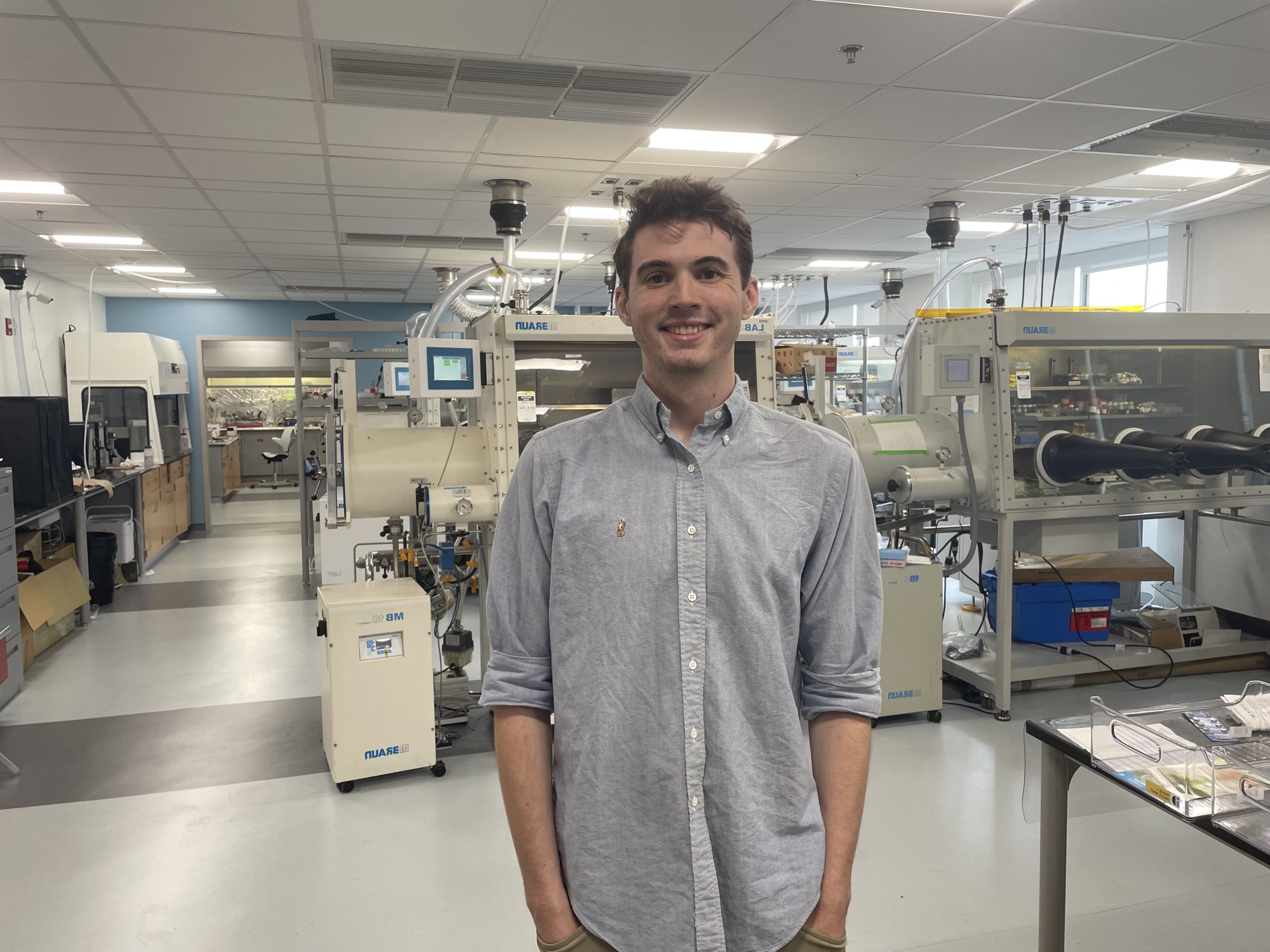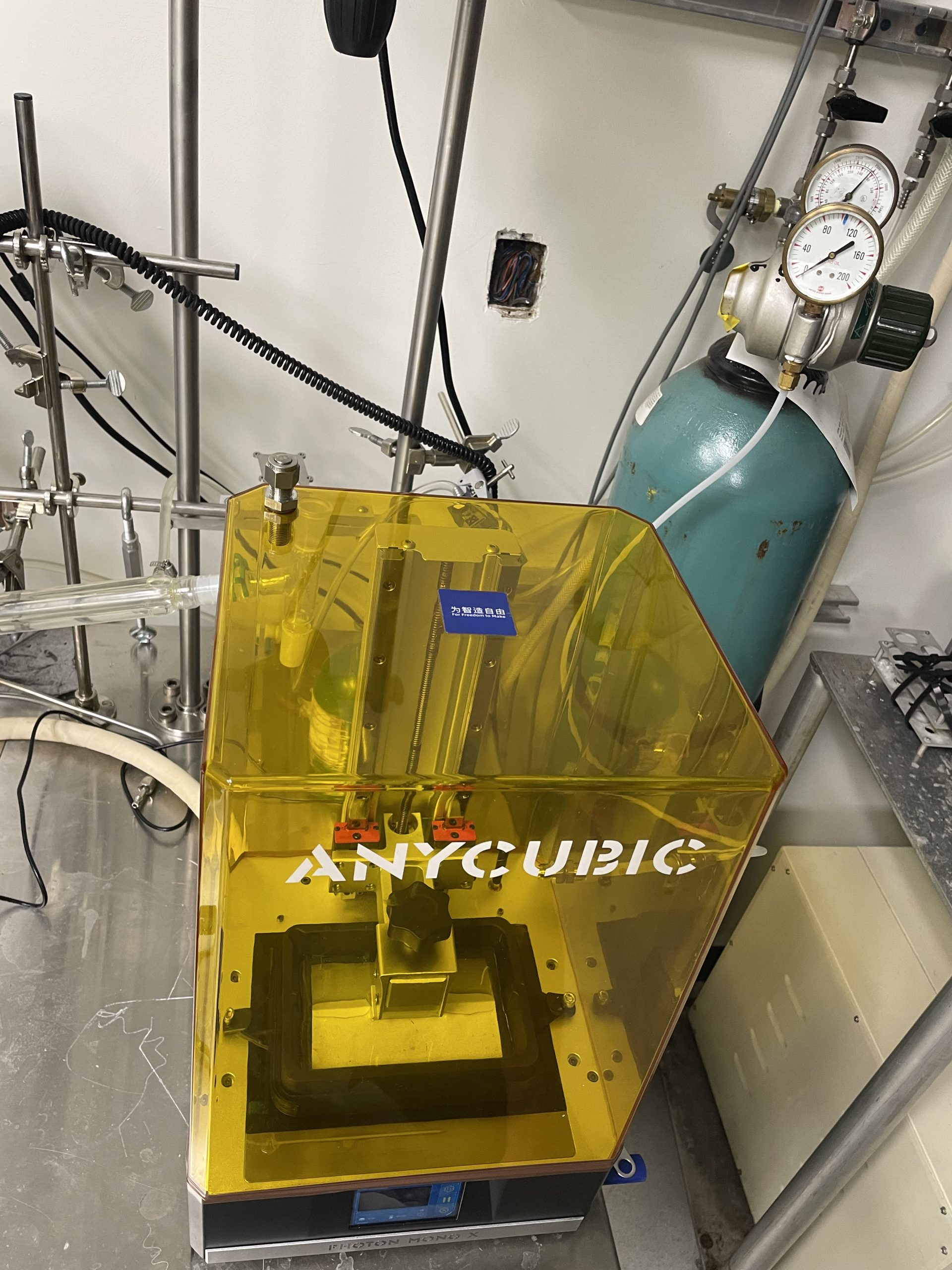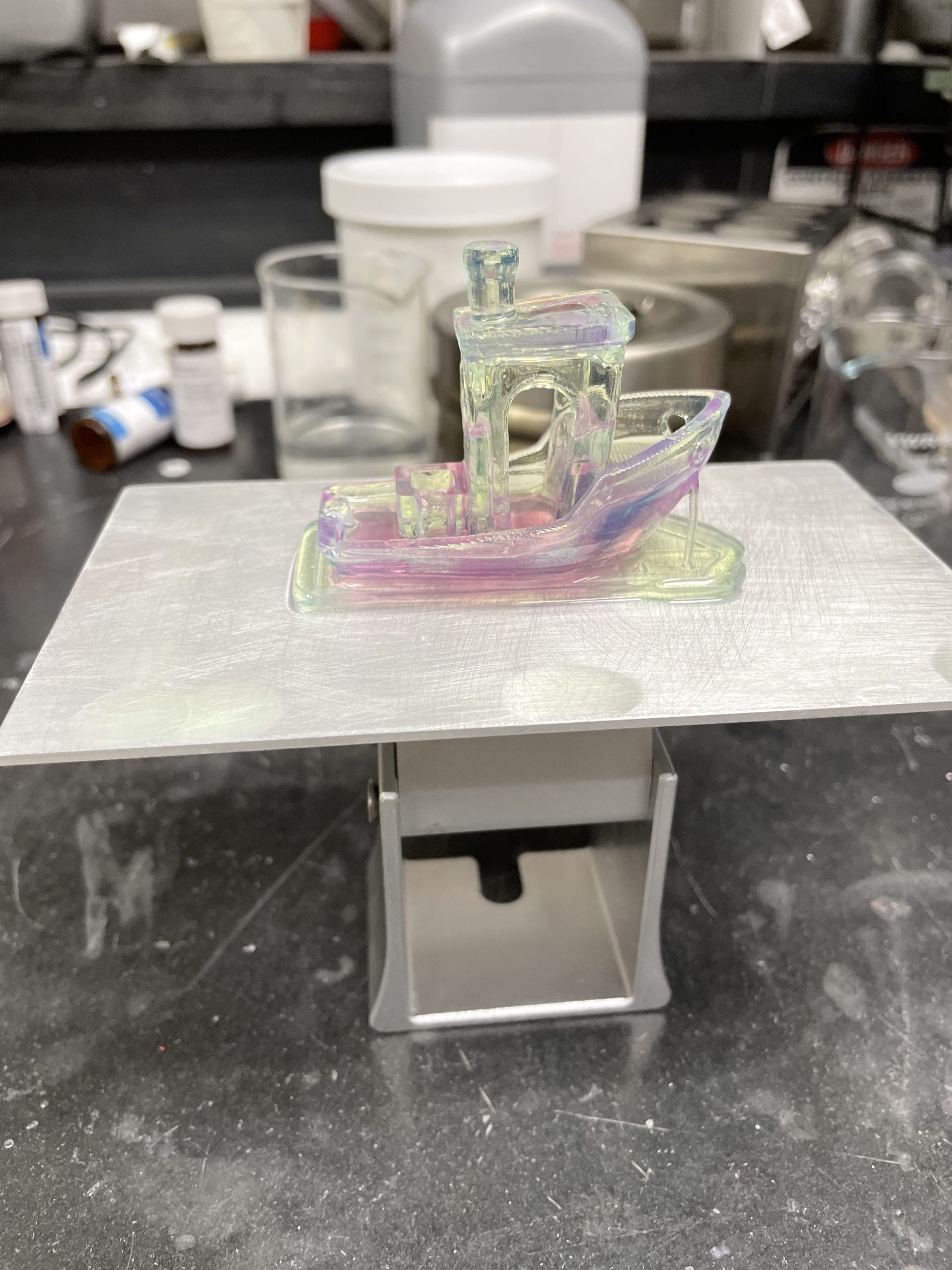From research to application: Interning at Oak Ridge National Laboratory
From research to application: Interning at Oak Ridge National Laboratory

Allen shared some details about his internship experience below.
Q: How did you find out about this opportunity?
A: I originally learned about this opportunity when representatives from several of the Department of Energy (DoE) national labs attended my Consortium for Enabling Technologies and Innovation (ETI) 101 class about nuclear engineering and were looking for interns. I applied to several national labs; ultimately, I was fortunate enough to be accepted into Oak Ridge and chose to attend this past summer.
Q: Tell me more about the organizations involved in this internship.
A: This internship was funded by the Consortium for Enabling Technologies and Innovation (ETI) through Georgia Tech. ETI was able to offer this opportunity because of funding made available by the DoE for the purpose of attracting interns to the national labs. This was fortunate because it turned out that for some national labs, interns who wanted to work onsite were required to be accepted through an official channel with ETI being one of these official channels. I was the only intern in my ORNL lab approved for on-site work over the summer.

A: I worked on 3D printing of plastic scintillators with the goal of trying to understand how to print plastic that can work as a part in radiation detectors. There is a need for high performing and efficient radiation detectors to analyze radioactive isotypes and to track quantities of special nuclear materials (SNMs). In other words, indirect radiation detectors that use plastic scintillators can be used to identify many radioactive sources based on the energy of the incoming radiation. Then, the detectors can be used to identify the relative quantities of specific radioactive isotopes like special nuclear materials (SNMs).
Specifically, my work focused on creating a resin which can be turned into a plastic scintillator used to distinguish gamma rays and neutrons via a commercially available 3D printer. These radiation detectors can be used to identify and characterize the composition of radioactive sources, which have potential applications in nuclear physics research, nuclear nonproliferation, and more.
Q: Why was 3D printing a more viable technique as opposed to cast molding, injection molding, or other manufacturing techniques?
A: 3D printing is used when a mold cannot be created that effectively produces the final object. It is a form of additive manufacturing which cuts down on waste, is more time efficient, and facilitates mass production. Additionally, resin 3D printing utilizes a screen that illuminates areas layer by layer which starts the polymerization process. This is a better option than leveraging filament printing because the print time of a resin printer is primarily affected by the layer height whereas a filament printer is also heavily affected by the area each layer takes up on the build plate.
Q: What did you discover during your work?
A: I noticed that the photo initiator and added ingredient turned the plastic purple, which means that the plastic itself was absorbing light in a range that did not allow for maximum light yield. The purple color could be removed, and a clear plastic could be produced by exposing the plastic to heat. I discovered that the amount of time the plastic had to be exposed to heat could be reduced by exposing the cured purple plastic to large amounts of UV radiation.

A: The reason I sought to do an internship at a national lab stemmed from a desire to see whether working at a national lab would be something I was interested in doing after completing my PhD. I chose to go to Oak Ridge because of the research project and because of the positive experience I had when I was interviewed. The leadership made me feel comfortable and part of a team and this translated into a collaborative team environment during my time at Oak Ridge. Besides learning a lot about my research project, I learned a lot about the inner workings of a research position directly funded by the Department of Energy. Working for the government is something I did not have any experience with before the internship and I learned a lot about the expectations and work processes of a government funded national lab.
I would like to thank Dr. Michael Febbraro specifically for this experience. Extremely knowledgeable and always willing to explain topics, Mike continuously encouraged me to ask questions during my time at ORNL. My understanding of organic chemistry is largely a result of what he taught me! He was truly a pleasure to work under and someone I now consider a colleague and a friend.
Q: Besides your research progress, were there other highlights of your internship?
A: I was able to help with a class from the Air Force Institute of Technology who had come to ORNL for a lab day. During their visit, I fielded questions about lab techniques and general procedures. Supporting the class helped to solidify some of the things that I learned over the summer. When I was helping others to synthesize the resin and go through the polymerization process it helped me to identify what I had begun to think was just commonplace knowledge and what might be confusing to others about my choices for certain steps in the procedure. It was also pretty satisfying to see that the work I had done to create a formula for the resin was able to be reproduced in a few days by some students with our assistance and guidance.
Learn more about Oak Ridge National Laboratory here.

